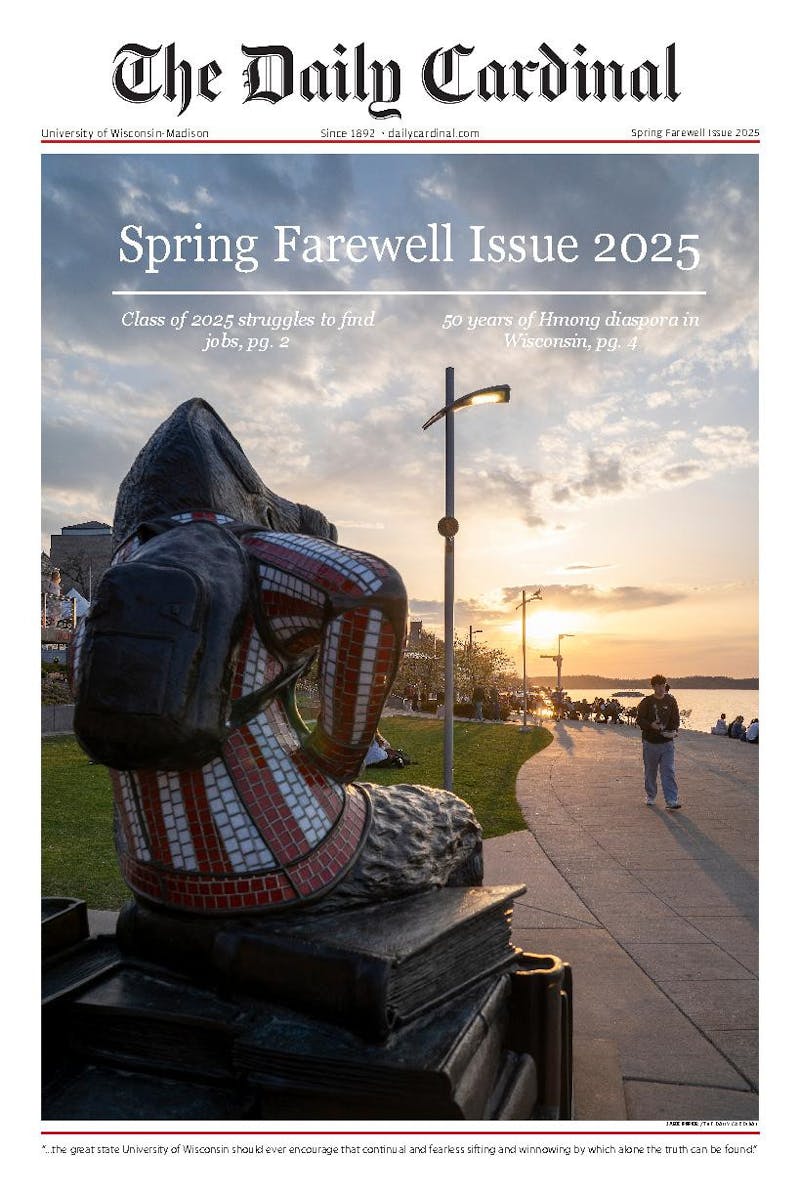The Raveonettes were thrust into the spotlight with their 2003 album The Chain Gang of Love. The album was recorded in B-flat minor and some songs started to take on a similar fashion as they were constructed using the same basic chord progression. Overall, it was a great album, but lacked diversity.
The Raveonettes' follow-up, Pretty in Black, clearly makes up for the lack of diversity of the first album. Not only do they drift from the original sounds they produced, but throughout the entire album, they change their style. With this being said, The Raveonettes maintain their foundation and keep their distinctive vocal harmonies, yet they grow, change and become extremely dynamic with Pretty in Black.
Chain Gang of Love was especially unique because the sound relied on heavy distortion, loud noises, loud bass and layers of harmony. Pretty in Black turns down the guitars on most songs, but offers just as much flavor.
The album begins and concludes as though listeners were pushed back in time to the days when vinyl ruled. The Raveonettes added the distinct, wispy sound a record player makes in the very beginning and end of the first and last track, almost as if listeners are hearing the album on vinyl.
With these vinyl-inspired sounds, it is clear that the band was inspired by late-1950s, early-1960s rock 'n' roll. Songs throughout the album resemble the styles of Buddy Holly and the Everly Brothers.
They even cover The Angel's classic song \My Boyfriend's Back,"" which Sharon Foo pulls off rather well.
""Here Comes Mary"" and ""Ode to L.A."" seem to be mirror images of songs from the '60s era. In the case of The Raveonettes, they introduce these old styles and bring them into the modern day music scene.
Additionally, ""The Heavens"" and ""Uncertain Times,"" the first and last songs of the album, are definitely a change for the band as they pull back the tempo, unplug the guitars and rely on soft, acoustic sounds.
The Raveonettes take on a more folksy approach with these two songs but remain successful in doing so. They show the more sensitive and artistic side of Sharon Foo and Sune Rose Wagner, as the band creates two beautiful tracks.
The Raveonettes also experiment with different rhythmic techniques and the way they use their instruments. ""Red Tan"" highlights how they have been experimenting with new styles. With this track, they change their tempo and style.
However, a few tracks bring fans back to the distorted sounds, characteristic of The Raveonettes' previous works. ""Twilight"" and ""Sleepwalking"" rely on a dark sound, with an emphasis placed on heavy bass and more distorted elements. Both, however, add more depth with new elements showing how they take their sound to a new dimension. ""Twilight"" even seems to take on a ravish quality towards the end.
Pretty in Black is a pretty risky follow-up because the seemingly drastic change might alienate their original fan-base. But they have changed and grown, with their songs lengthened from a two-and-a-half minute average to four minutes.
For The Raveonettes, this risk was well worth it because they not only changed from Chain Gang of Love, but they have proven their talent, demonstrated their diversity, conquered new genres and brought listeners back to raw rock 'n' roll.





